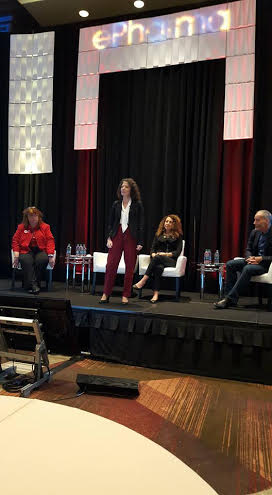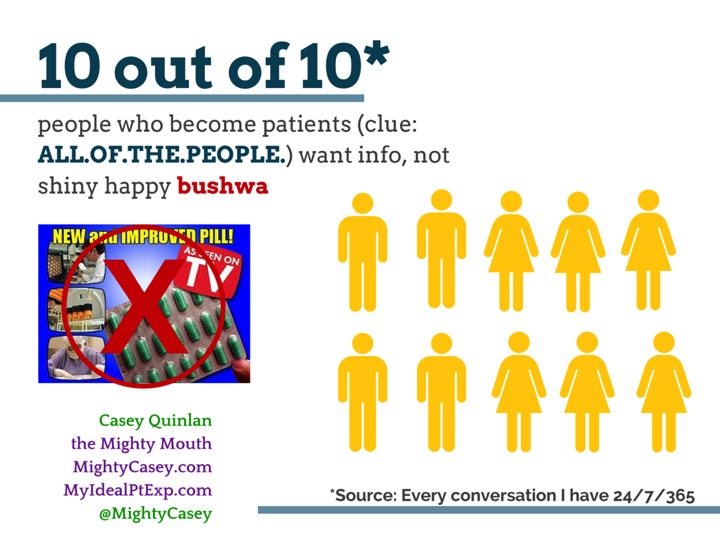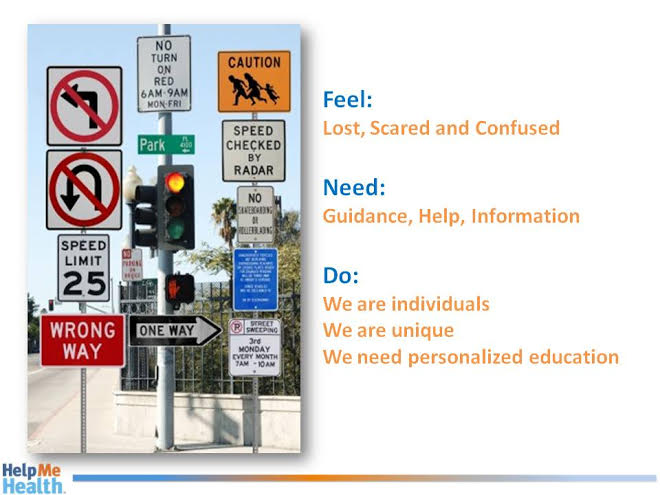
Casey, Randi, Julie, Jack
SPM members Randi Oster of Help Me Health and Casey Quinlan of Mighty Casey Media made up two thirds of a three woman panel, “Patient Leaders Want To Kill Pharma TV Ads, Right Now,” at the 2016 ePharma Summit in New York last week (February 29 through March 2). This was the first time a group of patient influencers had been invited to present at the annual ePharma Summit.
The panel was assembled by Jack Barrette of WEGO Health, who served as chairman for the event. The goal: to convince attendees that patient influencers can be their allies in taking budget dollars away from BAD TV ads (which confuse consumers and damage pharma companies’ reputations) to use it for GOOD digital programs (like patient leader advisory boards, real patient education, peer-to-peer support, and longer-form communication).
Randi Oster said this about the experience:
“I had the opportunity to speak to marketing executives and directly tell them to spend their advertising dollars in the eWorld. This was the first time patients were asked to speak at their conference. We even got invited to the special chairman’s dinner the night before. As we socialized with champagne and oysters, the informal chats demonstrated that these interactions of patients and professionals seemed rare. Many shared that success in their careers depended on sales growth. The typical time in a marketing position is 18 months, even though drugs take so much longer to get to market. Clearly, there seems to be a disconnect between the patient outcomes and career success.”
Randi Oster’s ePharma “1 slide”
Casey (who is posting this) took the platform first, and spent a little over five minutes delivering what she calls an “epistle to the barbarians,” which was crafted to wake up the folks in the room, and focus their attention on the threat that the status quo – continuing to tee up endless “ask your doctor about” ads for complex medications with significant risk factors (i.e. Eliquis, Keytruda, Enbrel, Opdivo, Harvoni – the list goes on and on) – presented to their industry’s sustainability in a landscape where people/patients are looking for shared decision making, not “take two and call me in the morning,” and who are also assuming more and more cost risk for the high-priced name brand drugs being advertised on TV.

Casey Quinlan’s ePharma “1-slide”
Randi, and Julie Cerrone, the powerhouse blogger behind “It’s Just A Bad Day, Not A Bad Life,” then took their turns persuading the pharma marketers in the room that the dark picture Casey painted wasn’t inevitable *if* they recognized the power of partnering with patient influencers to shift their industry from a one-way broadcasting model to a two-way dialogue.







Recent Comments